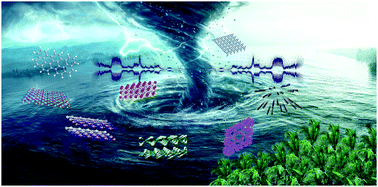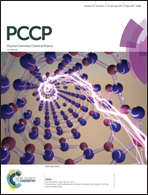Scalable exfoliation and dispersion of two-dimensional materials – an update†
Abstract
The preparation of dispersions of single- and few-sheet 2D materials in various solvents, as well as the characterization methods applied to such dispersions, is critically reviewed. Motivating factors for producing single- and few-sheet dispersions of 2D materials in liquids are briefly discussed. Many practical applications are expected for such materials that do not require high purity formulations and tight control of donor and acceptor concentrations, as required in conventional Fab processing of semiconductor chips. Approaches and challenges encountered in exfoliating 2D materials in liquids are reviewed. Ultrasonication, mechanical shearing, and electrochemical processing approaches are discussed, and their respective limitations and promising features are critiqued. Supercritical and more conventional liquid and solvent processing are then discussed in detail. The effects of various types of stabilizers, including surfactants and other amphiphiles, as well as polymers, including homopolymeric electrolytes, nonionic polymers, and nanolatexes, are discussed. Consideration of apparent successes of stabilizer-free dispersions indicates that extensive exfoliation in the absence of dispersing aids results from processing-induced surface modifications that promote stabilization of 2D material/solvent interactions. Also apparent paradoxes in “pristineness” and optical extinctions in dispersions suggest that there is much we do not yet quantitatively understand about the surface chemistry of these materials. Another paradox, emanating from modeling dilute solvent-only exfoliation by sonication using polar components of solubility parameters and surface tension for pristine graphene with no polar structural component, is addressed. This apparent paradox appears to be resolved by realizing that the reactivity of graphene to addition reactions of solvent radicals produced by sonolysis is accompanied by unintended polar surface modifications that promote attractive interactions with solvent. This hypothesis serves to define important theoretical and experimental studies that are needed. We conclude that the greatest promise for high volume and high concentration processing lies in applying methods that have not yet been extensively reported, particularly wet comminution processing using small grinding media of various types.

- This article is part of the themed collections: PCCP Perspectives and 2017 PCCP HOT Articles

 Please wait while we load your content...
Please wait while we load your content...